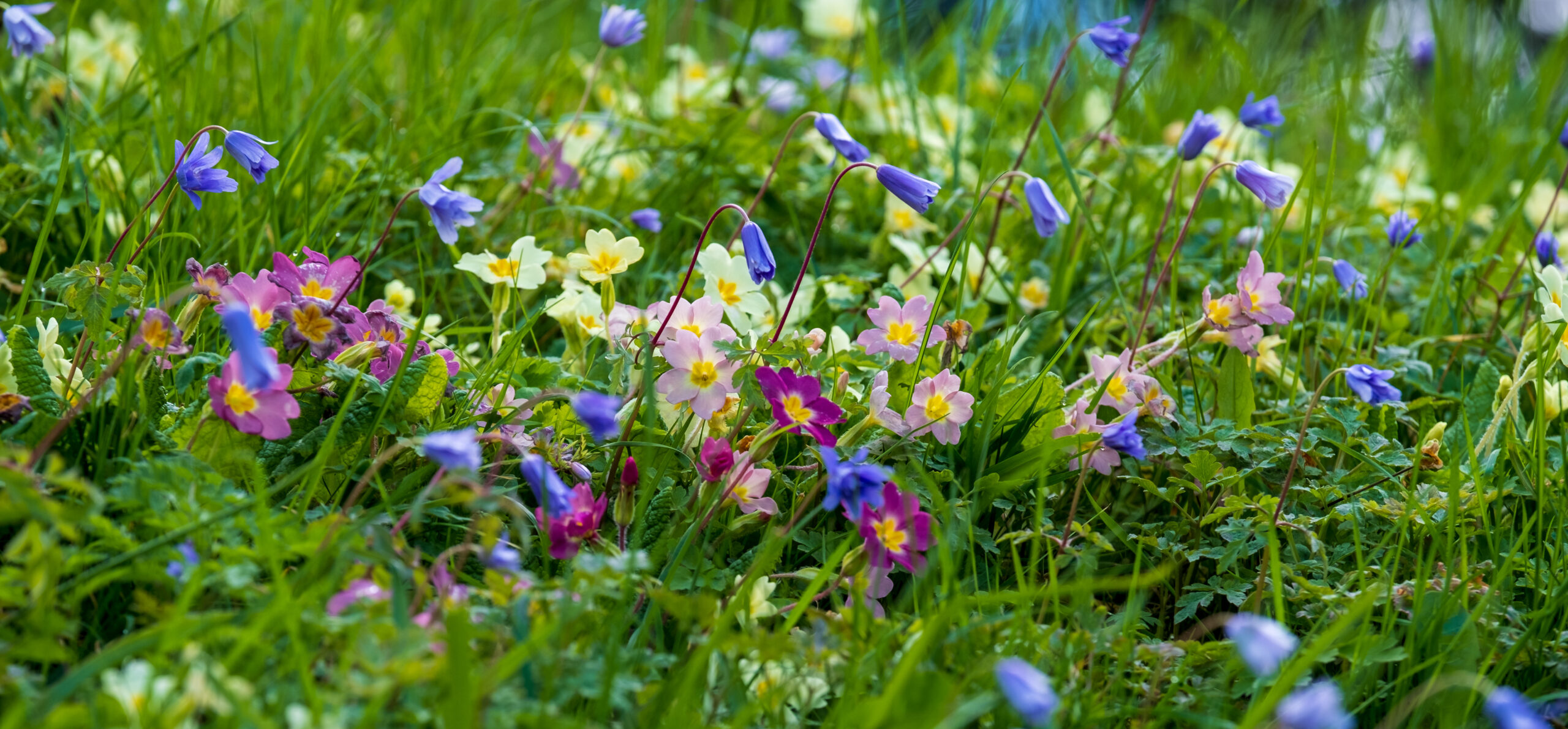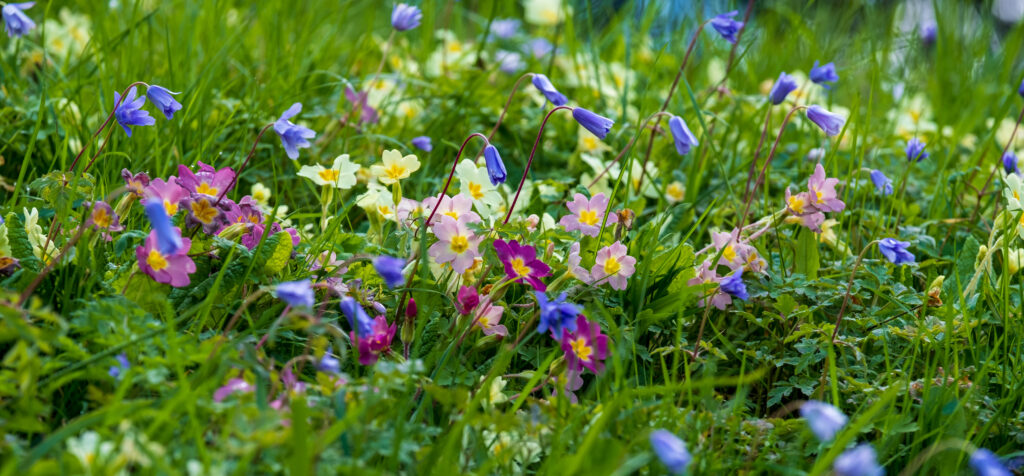To mark International Day for Biodiversity, we can acknowledge both the rich biodiversity of the United Kingdom and also the challenges it faces.
In the UK, we are lucky to be surrounded by diverse ecosystems, including picturesque coastlines, ancient woodlands, and vibrant wetlands. However, these precious ecosystems have also witnessed significant losses in biodiversity over the years. Here are five ways to protect and restore the unique biodiversity in the UK.
1. Create a wildlife-friendly garden
The UK boasts a rich diversity of flora and fauna. By creating a wildlife-friendly garden, you can support and nurture local biodiversity. Consider planting native wildflowers such as primroses, bluebells, and foxgloves, which provide essential food sources for pollinators like bees and butterflies. Attract bird species by incorporating berry-bearing shrubs and provide water sources for visiting amphibians.
2. Install bird feeders and nesting boxes
The UK is a bird lover’s paradise, with over 600 species recorded. Whether you live in the countryside or inner city, installing bird feeders and nesting boxes in green spaces can help support the wide variety of bird species found across the country. From the colourful goldfinch to the charismatic robin, attracting birds not only brings joy but also aids in their conservation efforts.
3. Participate in citizen science initiatives
Citizen science plays a crucial role in monitoring and understanding biodiversity. By participating in initiatives such as wildlife surveys and monitoring projects, you can contribute valuable data that aids in identifying population trends and informing conservation strategies. Join local biodiversity surveys and help build a comprehensive understanding of the status of UK wildlife.
4. Protect coastal and marine biodiversity
The UK is surrounded by diverse coastal and marine habitats, including rocky shores, sandy beaches, and offshore reefs. These areas support a wealth of marine life, from seals and seabirds to colourful intertidal creatures. Participate in beach clean-ups, support marine conservation organisations, and be mindful of your actions to minimise pollution and protect these fragile ecosystems.
5. Support local wildlife trusts and conservation organisations
The UK is fortunate to have numerous wildlife trusts and conservation organisations dedicated to protecting and enhancing biodiversity. These organisations work tirelessly to restore habitats, conserve endangered species, and educate the public. Support them by volunteering, donating, or participating in their events and campaigns.
By taking small actions we can all contribute to the ongoing preservation and enhancement of UK biodiversity. Together, let’s cherish and protect the natural heritage that surrounds us, ensuring a vibrant and diverse environment for generations to come. Let us stand united in our commitment to safeguard the natural heritage that surrounds us, ensuring a thriving and resilient environment for current and future generations. Together, we can make a difference in the fight to protect and restore UK biodiversity.
Philippa Oppenheimer is a first year PhD student on the Scenario NERC Doctoral Training Partnership based at the Institute of Zoology, ZSL, partnered with the University of Reading. Her research focuses on better understanding the drivers of biodiversity loss and applying this knowledge to improve the Living Planet Index’s predictions.


